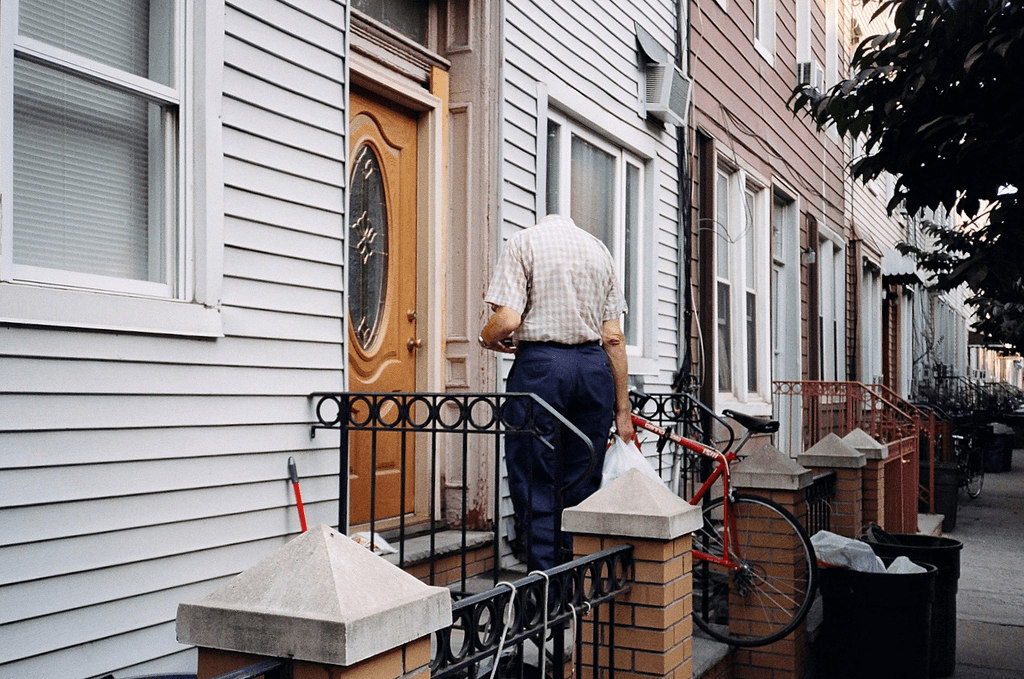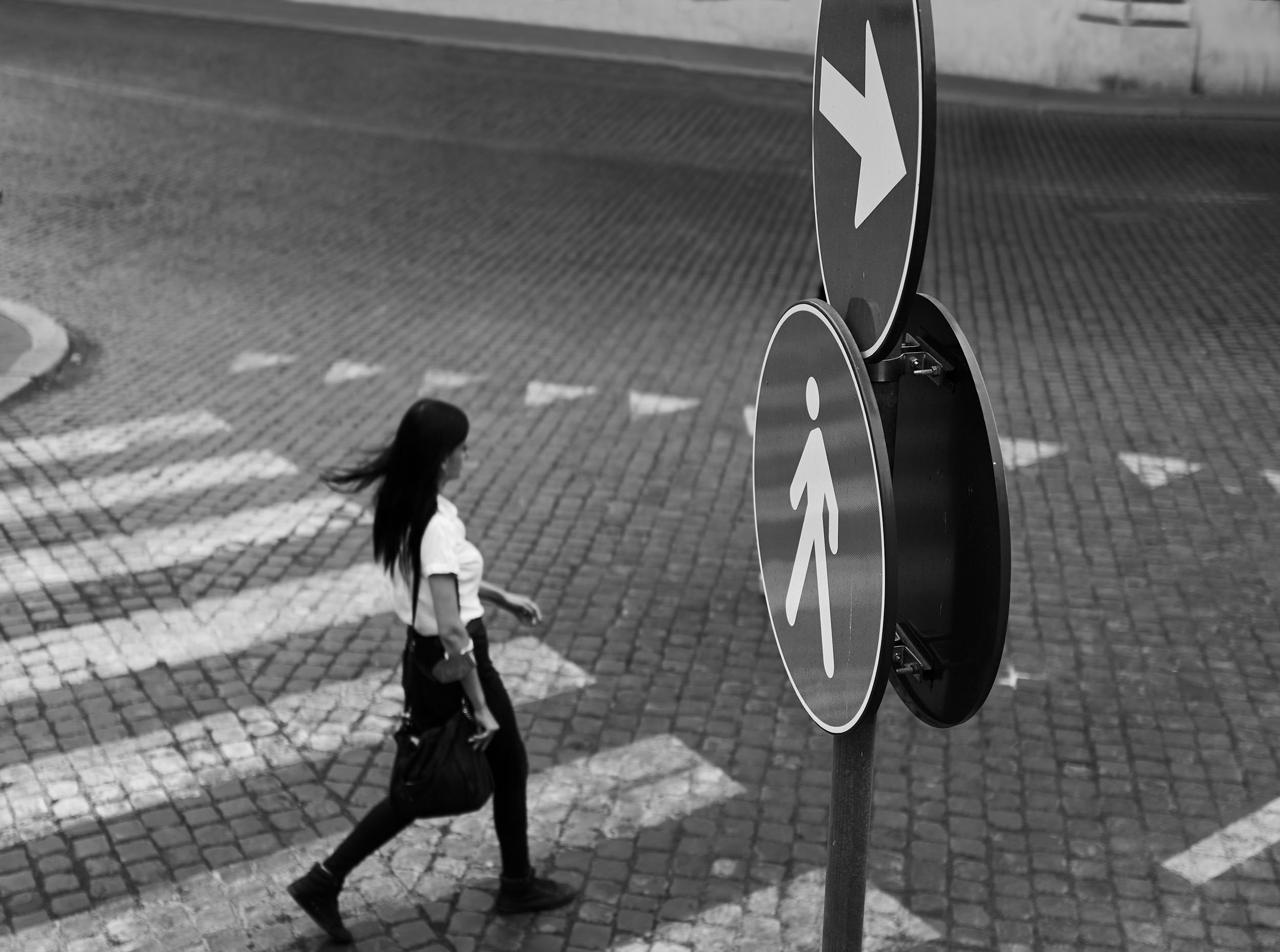Excitement About Street Photographers
Street Photographers for Beginners
Table of ContentsRumored Buzz on Street PhotographersThe Facts About Street Photographers RevealedSee This Report about Street PhotographersThe Ultimate Guide To Street PhotographersStreet Photographers Things To Know Before You Buy
Road professional photographers do not necessarily have a social function in mind, but they like to isolate and catch moments which may or else go unnoticed.Though he was influenced by a number of those that influenced the road photographers of the 1950s and '60s, he was not primarily interested in catching the spirit of the street. The impulse to aesthetically record people in public began with 19th-century painters such as Edgar Degas, douard Manet, and Henri de Toulouse-Lautrec, that functioned side by side with professional photographers trying to capture the essence of city life.

Given the fine quality of his photographs and the breadth of material, architects and musicians often bought Atget's prints to use as reference for their own work, though business passions were barely his primary motivation. Rather, he was driven to picture every last remnant of the Paris he liked.
Some Known Facts About Street Photographers.
They reveal the city via his eyes. His work and fundamental understanding of digital photography as an art type acted as ideas to generations of photographers that adhered to. The following generation of street digital photographers, though they likely did not refer to themselves as such, was introduced by the photojournalism of Hungarian-born professional photographer Andr Kertsz.
Unlike his peers, Brassa used a larger-format Voigtlnder camera with a much longer direct exposure time, requiring him to be extra calculated and thoughtful in his technique than he might have been if using a Leica. (It is assumed that he might not have been able to manage a Leica back then, yet he did, however, make use of one in the late 1950s to take colour photos.) Brassa's photographs of the Paris underworld brightened by synthetic light were a discovery, and the compilation of the collection that he released, (1933 ), was a major Your Domain Name success.
Cartier-Bresson was a champion of the Leica electronic camera and one of the very first photographers to maximize its abilities. The Leica permitted the photographer to engage with the environments and to capture moments as they took place - Street Photographers. Its reasonably small size likewise aided the photographer fade into the background, which was Cartier-Bresson's favored strategy
Street Photographers Can Be Fun For Everyone
It is because of this fundamental understanding of the art of picture taking that he is frequently credited with rediscovering the medium all over once more about a century since its invention. He took pictures for even more than a half century and affected generations of digital photographers to trust their eye and instinct in the moment.
These are click this the questions I will try to respond to: And after that I'll leave you with my own interpretation of road photography. Yes, we do. Let's start with specifying what a meaning is: According to it is: "The act of defining, or of making something precise, unique, or clear".
No, certainly not. The term is both limiting and deceiving. Seems like a road photography should be images of a streets right?! And all road professional photographers, with the exception of a handful of outright beginners, will fully appreciate that a street is not the crucial part to street digital photography, and in fact if it's a picture of a road with maybe a couple of dull people doing absolutely nothing of passion, that's not street digital photography that's a picture of a road.
He makes a valid factor don't you assume? While I agree with him I'm not certain "honest public digital photography" will certainly catch on (although I do kind of like the term "honest read what he said photography") due to the fact that "street photography" has actually been around for a long time, with many masters' names affixed to it, so I believe the term is below to remain.
Street Photographers Can Be Fun For Everyone
You can shoot at the beach, at an event, in a street, in a park, in a piazza, in a coffee shop, at a gallery or art gallery, in a metro terminal, at an occasion, on a bridge, under a bridge ...
Yes, I'm afraid we scared no choice! Without regulations we can not have a definition, and without a meaning we don't have a style, and without a style we don't have anything to define what we do, and so we are stuck in a "rules meaning style" loop! - Street Photographers
5 Simple Techniques For Street Photographers
